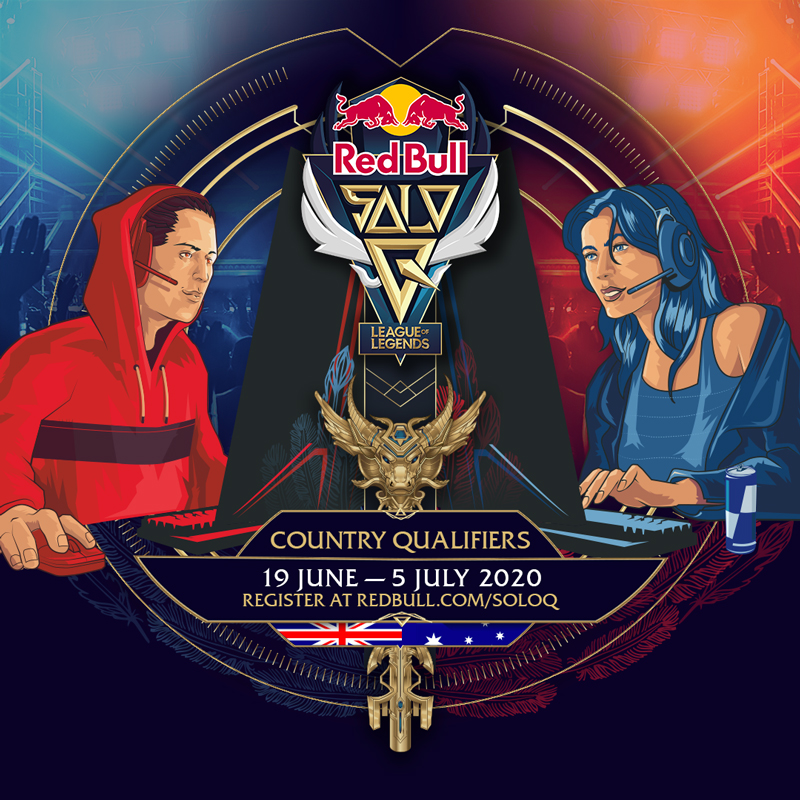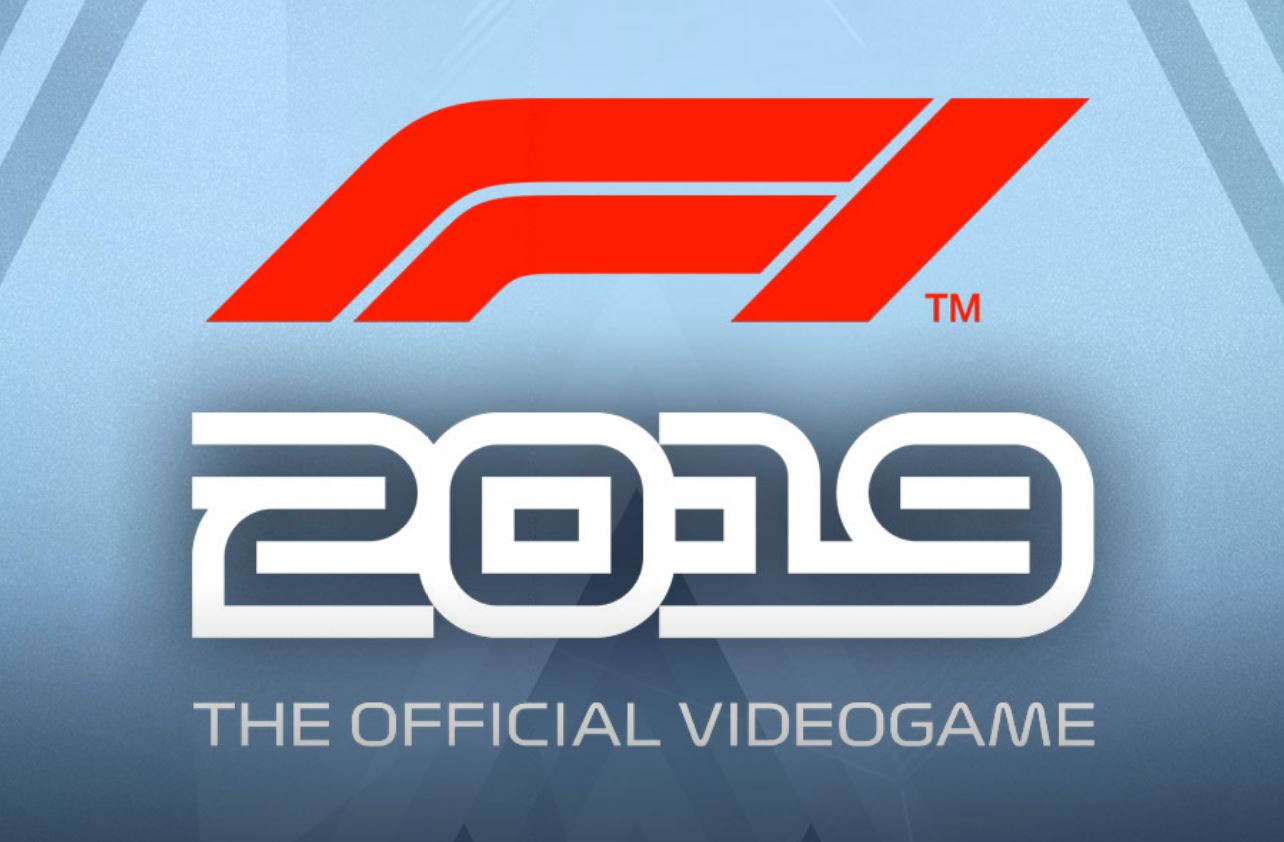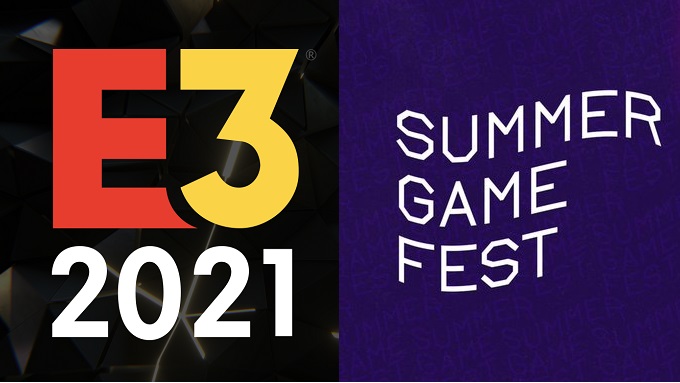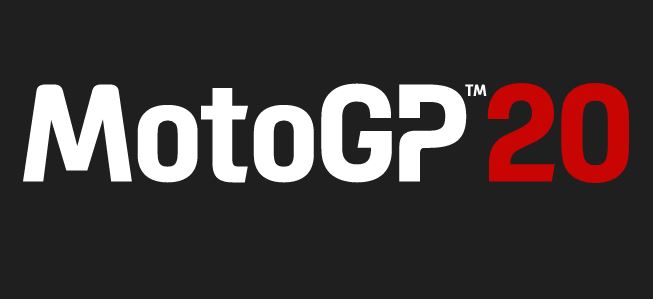
Covid-19 news: Koch Media, the game’s Australian media team, has reached out to us to let us know to inform our readers that due to the novel Coronavirus, a full 2020 season update will occur at the beginning of May, while the end of May will see a Moto2, Moto3 and Red Bull MotoGP Rookies Cup addition. Finally, the MotoE class will be added at the end of June.
MotoGP 19 launched at the start of June 2019 (check out our review here), and MotoGP 20 has arrived even earlier this year despite, or perhaps because of, the global pandemic we’re all stuck in. The official MotoGP 20 Championship Season is on hold, but that doesn’t mean we can’t keep the racing going in the virtual world on all the officially licensed tracks (including the new Finnish circuit Kymiring), bikes and riders. MotoGP 20 brings some new ideas to the plate while retaining the same core build as last year’s iteration. Join us as we take an in-depth look at what’s new and what’s recycled in our comprehensive review.
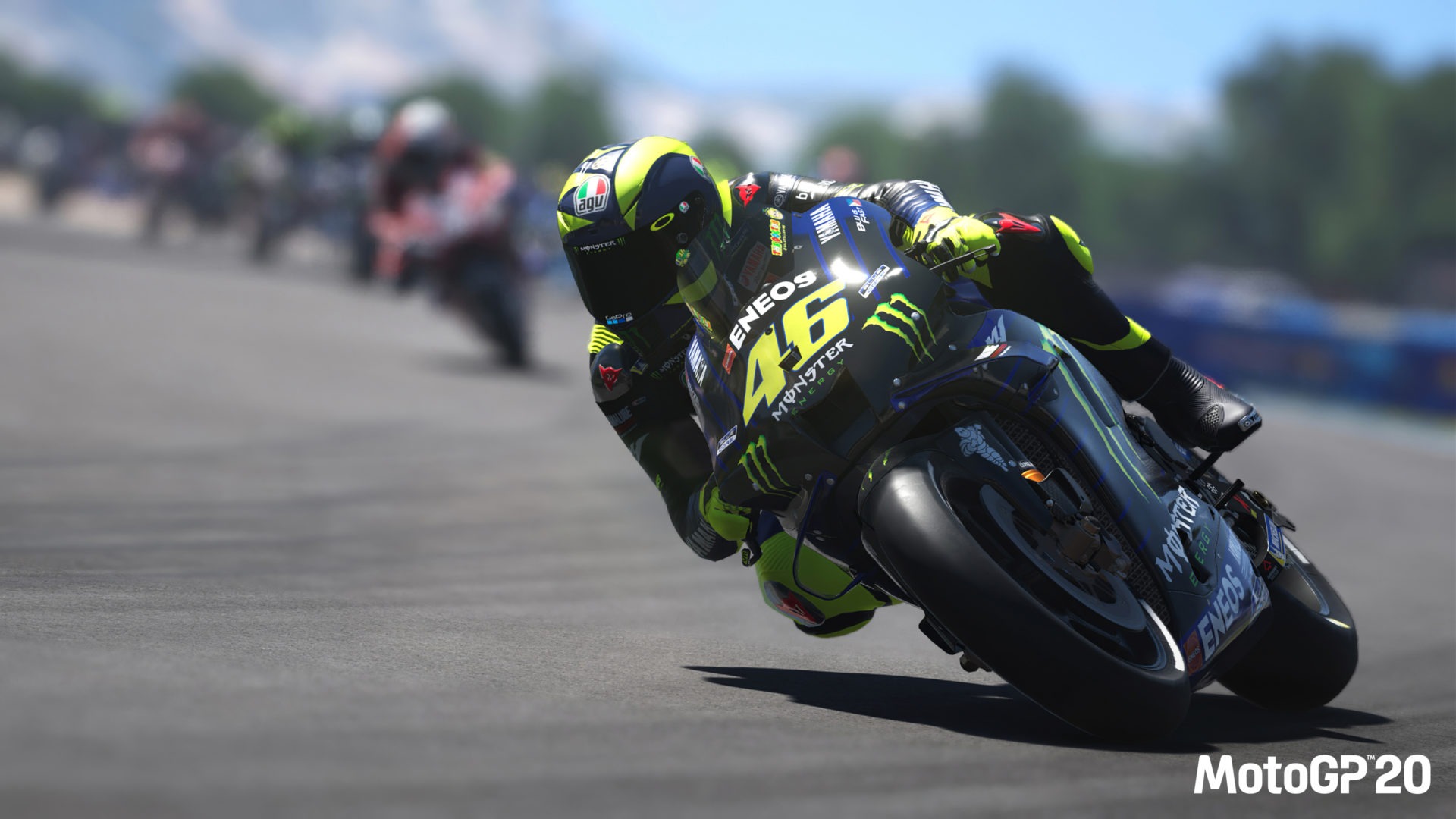
This year’s MotoGP 20 has a clean new menu layout consisting of plenty of different gameplay options. Quick Modes allows you to jump straight into time trials, create a new grand prix, or even a new championship. Career mode is an extensive 52 week career based on the MotoGP 20 Championship Season (which has been affected by Covid-19 and therefore the game plans to reflect this with later updates), Multiplayer mode is back stronger than ever with a full Lobbies List that allows you to jump in to the type of session that you want to race as opposed to having the luck of the draw that some previous racing games have offered. You can also create public and private matches, as well as a new Race Director match option where you can create your own customised lobby and have full control over the narrative of the online session.
Finally, the Historical Challenges mode from MotoGP 19 has been renamed Historic Mode and received an overhaul. This year, players can choose between easy, intermediate, and difficult challenges, and be rewarded with a unique historic mode currency for finishing on the podium. This currency is then used to purchase riders and teams from the Historic Market to use in the rest of the game, and more importantly to show off online. While you only get 3,000 points for coming first in the easy challenge, third place in the difficult challenge nets 9,000 points, and if you’re a MotoGP expert you’ll manage to collect 15,000 points for coming first. It looks like the developers Milestone have no intention of every gamer being able to beat these challenges though, as the difficulty settings on even the easy challenge are not forgiving and certainly harder than last year’s challenges. Market items are also divided into four levels of rarity, with more rare items costing more.
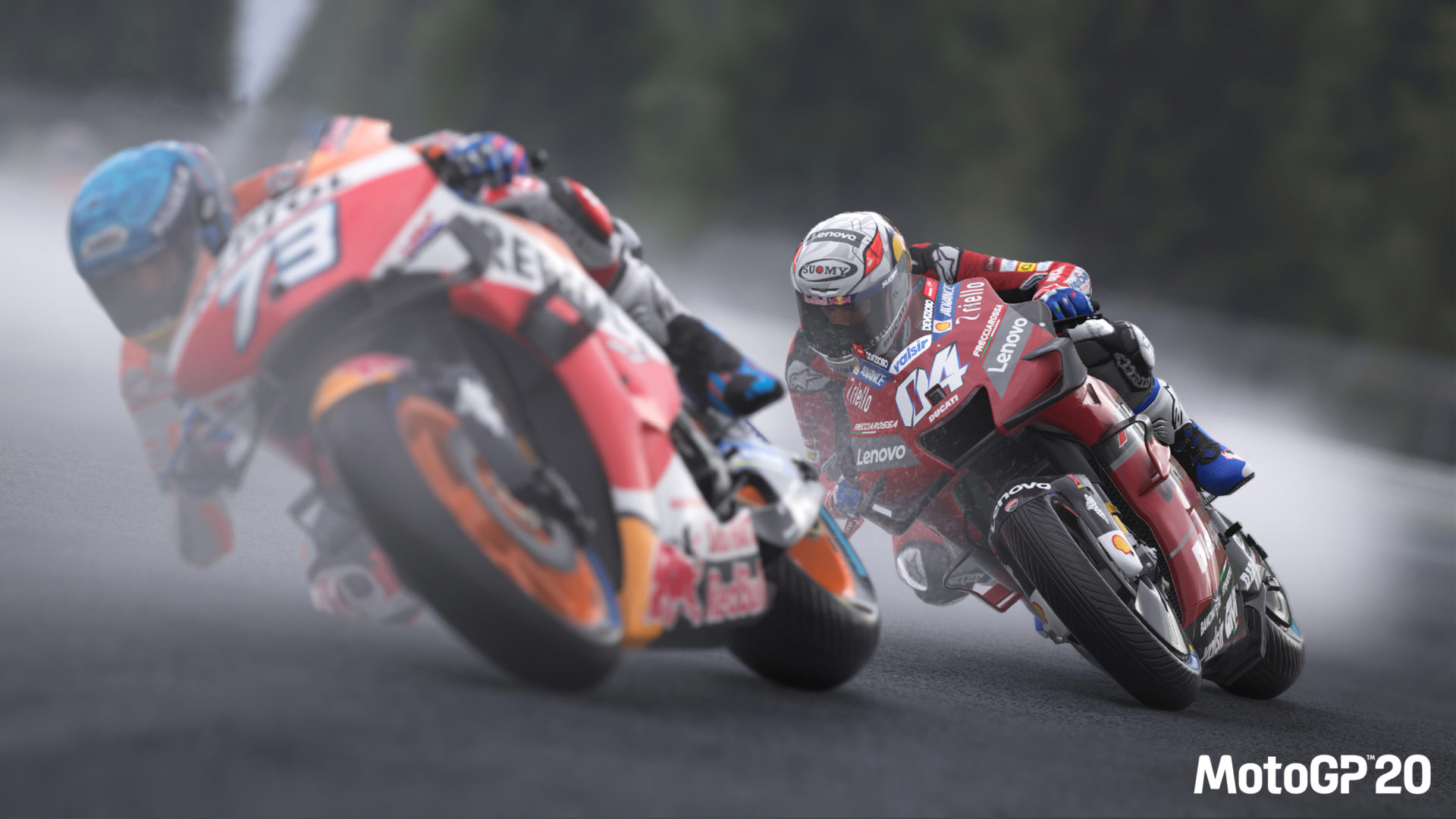
Career mode in MotoGP 20 has received a bit of an overhaul, though all the key systems are still in place. When you commence a career, you sign a personal manager, technical staff, as well as choose the look of your rider and team design. This is all customisable throughout the campaign (and you can get much more in-depth in the actual Customisation menu), so don’t get too bogged down on how you look – the real action is on the track.
At the end of each race you’re awarded reputation points that you can use to build on existing contracts as well as sign new ones. Reputation can be earned by completing team objectives such as starting in the third row or finishing in the top 10, and there are of course extra bonuses for podium finishes. If you start to decline on your performance, your contract will appear as no longer secure, and you may even lose it so negotiating a contract that fits your performance is key to a successful MotoGP 20 career.
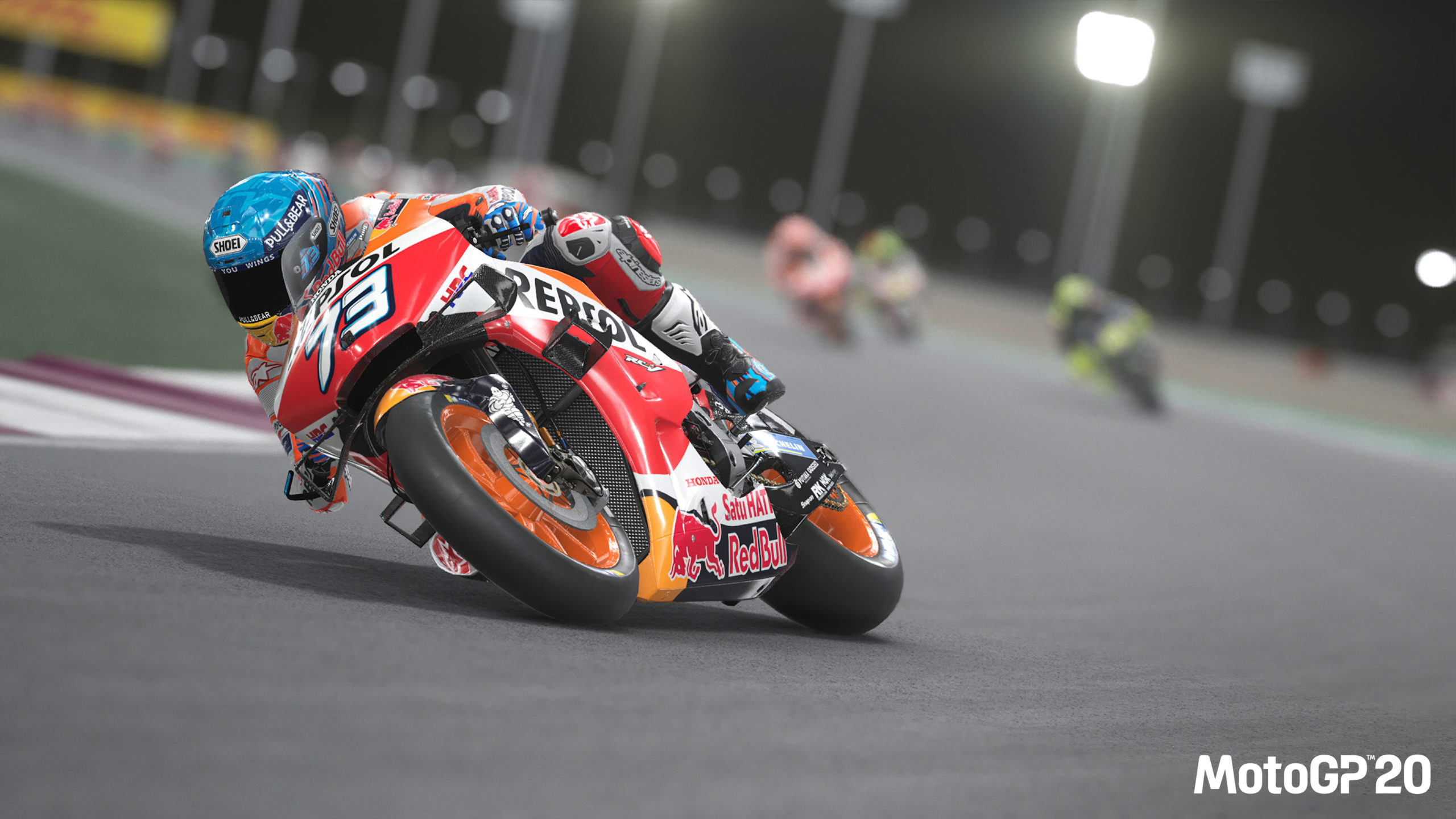
Research & Development is as important as ever, and it’s worth jumping on the upgrades as soon as you can as some of them will take up a quarter of the season to complete. As usual, you can upgrade your engine, frame, aerodynamics and electronics, and this year you can assign engineers that are suited to each project. Each project will provide some minor improvements to your bike such as increased performance or downforce, or better reactivity or bend distance. It’s a slow upgrade system designed to have you racing through several seasons, and you’ll be able to slowly increase the difficulty as your bike begins to perform better.
Speaking of difficulty, MotoGP 20 is extremely unforgiving. Expect to fall off. All the time. Especially in the wet. Also expect to struggle to find certain difficulty settings in the menus. There are three different settings menus in MotoGP 20, all which have different useful options to increase or decrease the difficulty of the game. The basic options screen in the main menu allows you to change things like the HUD and controls, while a secondary Race Options menu can be found inside certain game modes allowing you to change the race length, AI difficulty, bike damage and more. A tertiary Riding Aids options menu can be located before the start of each race; this one providing options like brake assist, off-road assist, trajectories, and more. It’s a confusing setup to say the least, and not one we’d call well laid out.
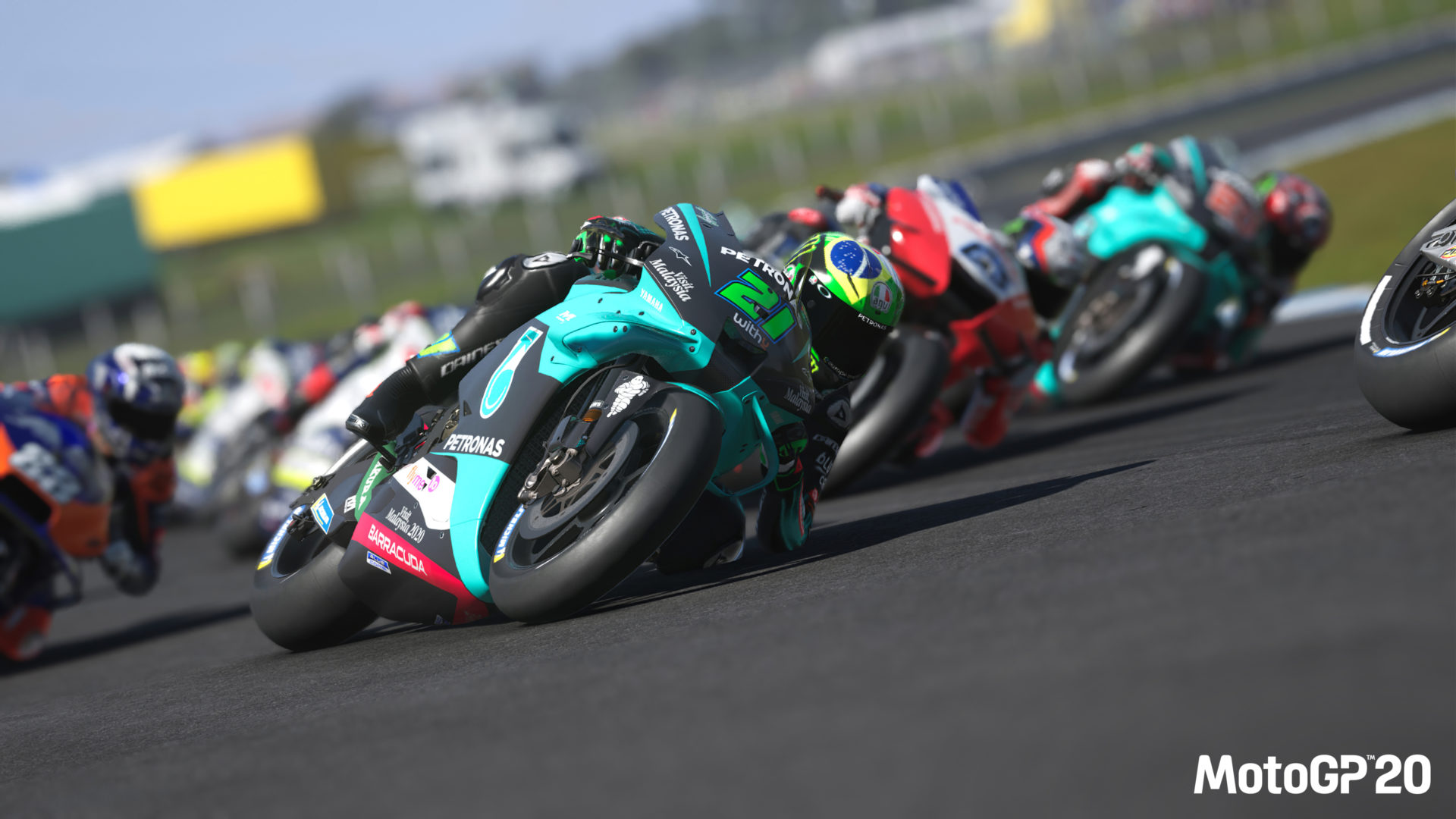
For a game that relies heavily on its difficulty to be enjoyable, we were hoping the settings would be more streamlined. Being able to configure your setup easily is key to having a fun yet competitive race, and while other racing games suggest difficulty increases as you progress and will work with you on making you push your limits, we found ourselves succumbing to lowering almost every difficulty setting to its minimum and then forgetting about it.
Racing game fans (and anyone that’s ridden a bike really) should already know that there is a huge difference between jumping in a car and jumping on a bike, but it becomes most prevalent once you’re trying to dodge 6 other riders as you hit a corner at 150kph. There’s no smooth sailing or cheap tactics in MotoGP 20. If you hit another rider, there’s a good chance you’re crashing too. Luckily the game has a rewind option allowing you to quickly go back to the moments before a crash to rectify the situation, and you can do this as many times as you like (unless you turn it off in the difficulty settings). For this reason, starting at the back of the pack can be a real problem if you’re a cautious rider, and newcomers to the game will definitely struggle at first.
Once again, the on-track graphics in MotoGP 20 are flawless. People will catch a glimpse of the game in the background or in a store and assume it’s the real thing. The tracks, bikes and riders all look sensational and move as realistically as you can expect. Also, once again though, the crowd animations and quality are still mediocre at best. Flags get waved in unison, and zooming in on the crowds in photo mode reveals just how much they need some attention if Milestone is interested in adding some authentic atmosphere to the MotoGP experience.
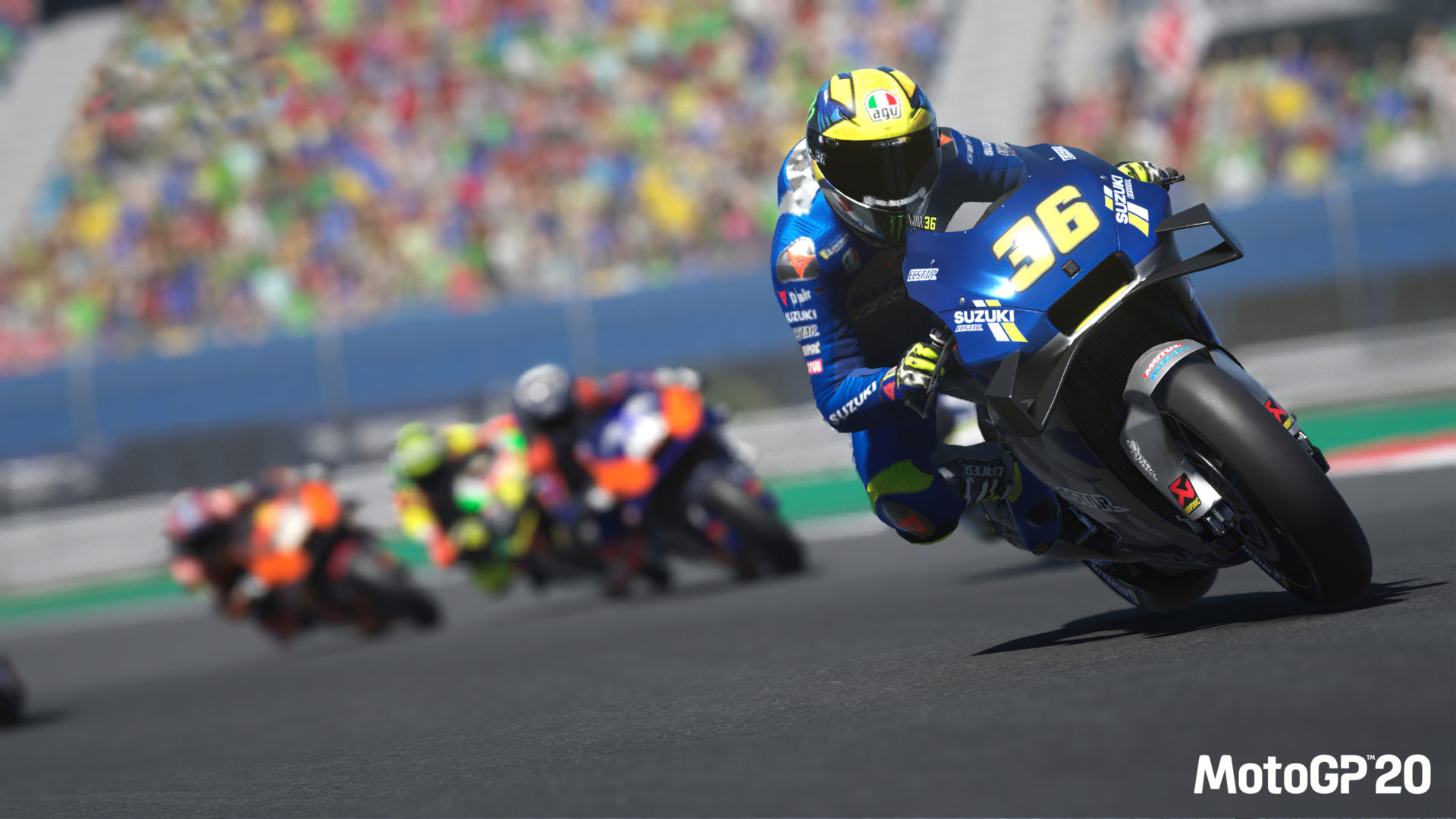
Not only is the crowd low quality, but you can rarely hear them either. In fact, we found the volume levels for engines, ambiance, and even menus to be all over the place. The start-up video when you first turn the game on even sounds distorted like your speakers are broken, though perhaps they were going for this style. With generic commentary at the start and end of each race, the only positive we can take out of the audio is in the different motorbike engines and exhausts that you come across, particularly as you race with some of the older bikes.
In this strange world we now live in, live sports have become somewhat of a fantasy. MotoGP 20 provides a much needed fantasy craving for live motorsports, and with its extreme difficulty curve it’s not a game many will master in a hurry. The revamped Historic Mode will keep serious MotoGP fans interested past its career mode, while the game’s customisation options offer plenty of things for the more creatively inclined among us to do. We hope to see more people online in MotoGP 20 with the new Lobbies List and Director mode as there’s no such thing as a socially distancing racing game lobby.
Rocket Chainsaw reviewed MotoGP 20 on an Xbox One X console in 4K. It is also available on PlayStation 4, Windows PC via Steam, Google Stadia and Nintendo Switch. For more info, head to the official website.
- The on-track graphics are jaw-dropping - Customisation options continue to deepen each year.
- Lack of atmosphere - Confusingly scattered settings menus - For a motorbike game that’s trying to take itself super serious, crash physics are still absurd.


